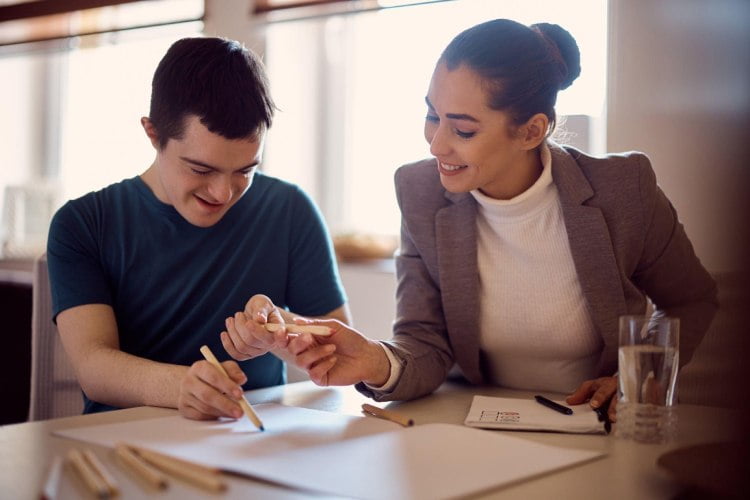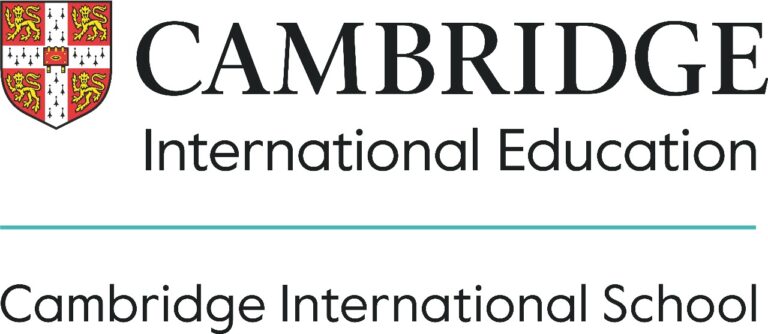![]()
Every child needs love and care at home and at school to function to the fullest. When it comes to children with learning disabilities, we have to take more care for them to function better than the rest. This helps them feel validated and boosts their confidence in a society that is striving for betterment.
There are methods and strategies that schools can accommodate to make students with learning disabilities feel safe and heard. These methods are created with a clear structure aimed to help students understand better. Proper methods like these can also boost communication between the students and teachers that helps in their intellectual development.
Let’s dive into a few of these special methods!
What are Learning Disabilities?

Learning disabilities (LD) are a group of neurological disorders that impair a person’s ability to acquire, comprehend, and use information effectively, particularly in the areas of reading, writing, mathematics, and occasionally language skills.
Despite having average or above-average intelligence, these disorders are typically characterized by difficulties with particular cognitive processes.
Some common learning disabilities are:
- Dyslexia: It impairs reading and language abilities. Individuals with dyslexia may struggle with word recognition, text decoding, and written material comprehension.
- Dysgraphia: It impairs writing abilities. People with dysgraphia may have difficulty with writing, penmanship, and expressing their thoughts in writing.
- Dyscalculia: An impairment of mathematical skills. People with dyscalculia may struggle to comprehend numbers, mathematical concepts, and perform arithmetic operations.
- Auditory Processing Disorder (APD): Impairs the processing of auditory information, causing difficulties in comprehending spoken language, following directions, and differentiating sounds.
Also Read: Different Types of Learning Disabilities in Students.
Can Learning Disabilities be Cured?

There is no “cure” for learning disabilities, but there are many ways to help children and families manage them in a manner that enables children to learn and thrive. Be wary of individuals and organizations that profess to have simple solutions or answers.
You may have heard of eye exercises, body movements, special diets, vitamins, and dietary supplements. There is no solid evidence that they are effective.
Teaching Students with Learning Disabilities
Identifying Learning Styles
Teachers must identify and understand the types of learning styles children have and customise the education based on the needs of the student.
- Auditory Learning: This is someone who learns by listening to sounds, stories, and audios. They are usually good at drawing, writing, and spelling.
- Kinesthetic Learner: A person who learns by engaging in activities such as games, art, craft, sports, and others.
- Visual Learner: The people who learn with visual aids such as pictures, flashcards, and videos.
As a teacher, they must tune in with the kind of learning that every student gets. This will enable the students with learning issues to understand better.
Praise Effort, Not Outcome
Keeping in mind that children with learning disabilities cannot always achieve high grades, parents and instructors must emphasize that effort is always more important than results. By focusing on the outcome, children can easily become demotivated and discouraged, particularly if they continue to compare their results to those of other children.
The key to success is surpassing oneself and one’s abilities, which can only be accomplished by exerting effort in mastering a particular skill or accumulating specific knowledge.
Identify and Emphasize the Strengths
In the words of Albert Einstein, “Everyone is a savant. But if you evaluate a fish based on its ability to climb a tree, it will spend its entire life thinking it is stupid.” This concisely summarizes the multidimensional nature of human intelligence.
In light of this quotation, we are obligated to recognize the strengths of a child with a learning disability and, through a commitment to cultivating these strengths, to develop exceptional skills that will allow the child to stand out among their peers.
Differentiating the Teaching Process
Differentiate the learning process by employing diverse methods that address the unique needs, abilities, preferences, and motivations of each learner. And differentiate the learning products and outcomes (knowledge, comprehension, skills) and encourage students to present and express them in a variety of ways.
Conclusion
A child with a learning disability should be treated just as equally as an able bodied child. They have the right to education and need extra care and validation for an all round development.
The above mentioned methods and ways can help teachers assess the situation more efficiently. While there can be other methods and techniques to approach education for children with learning and emotional disability, these are some basic ones to foster the disability support.
Also Read: Unlocking the Potential of Different Learning Styles in School.










